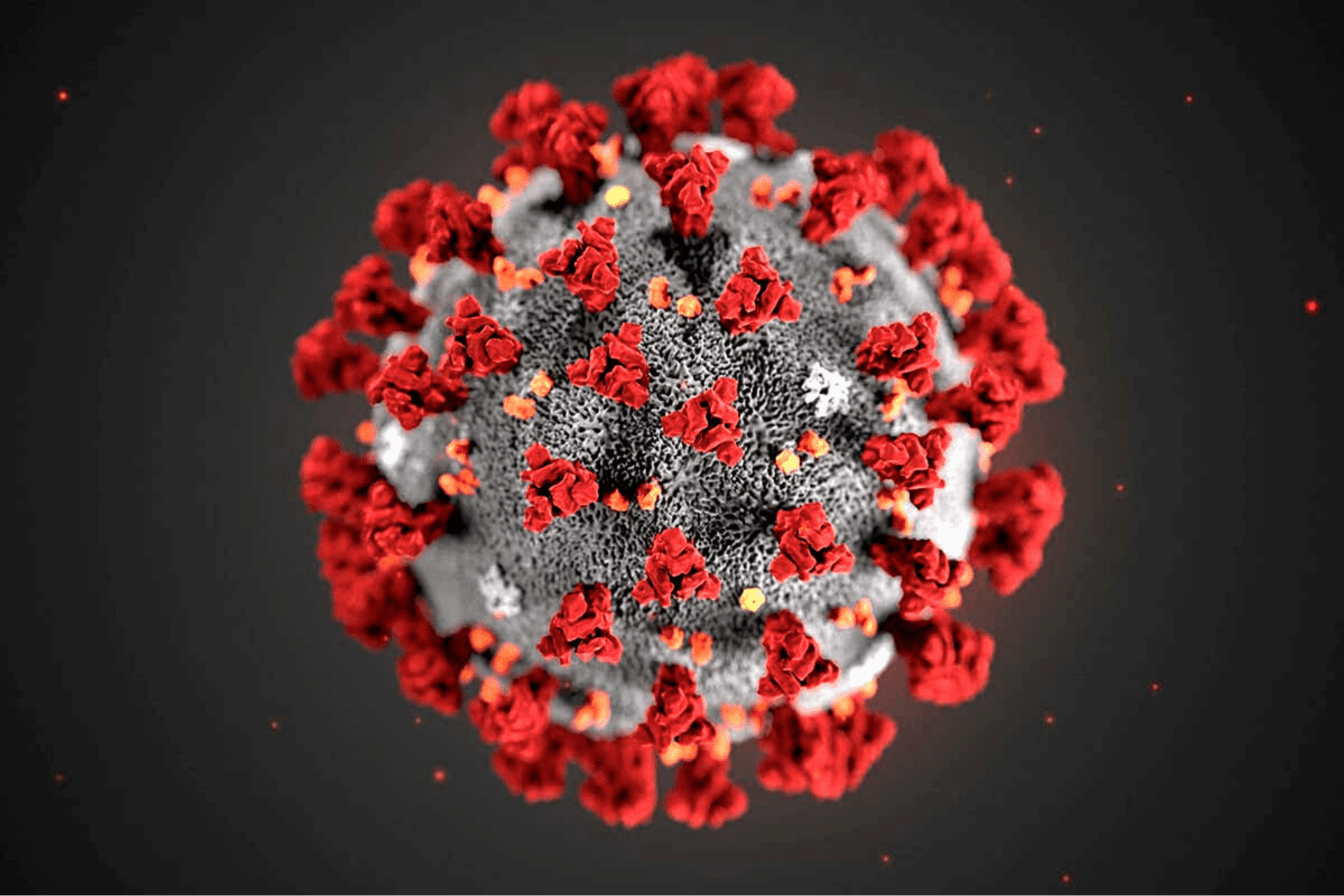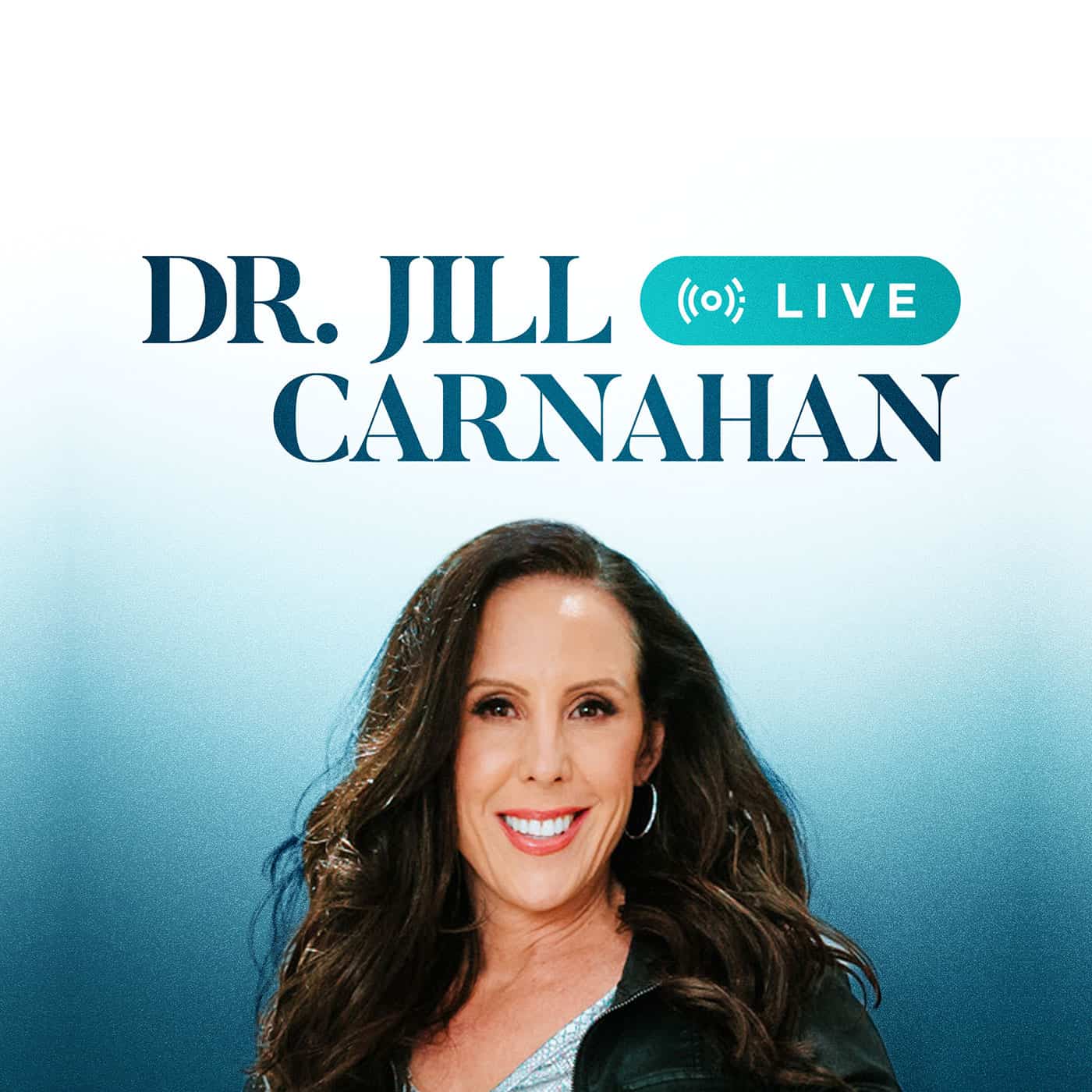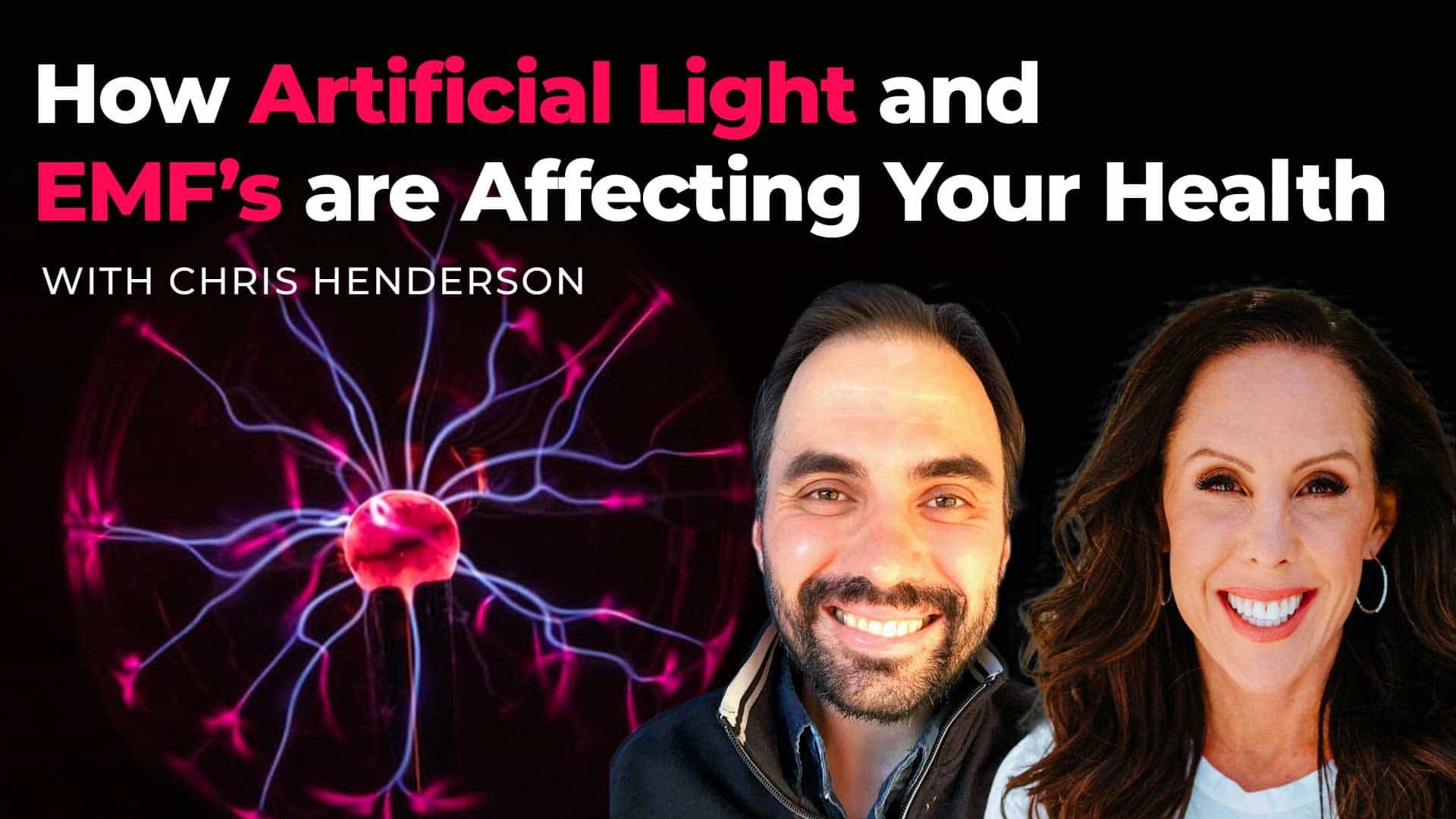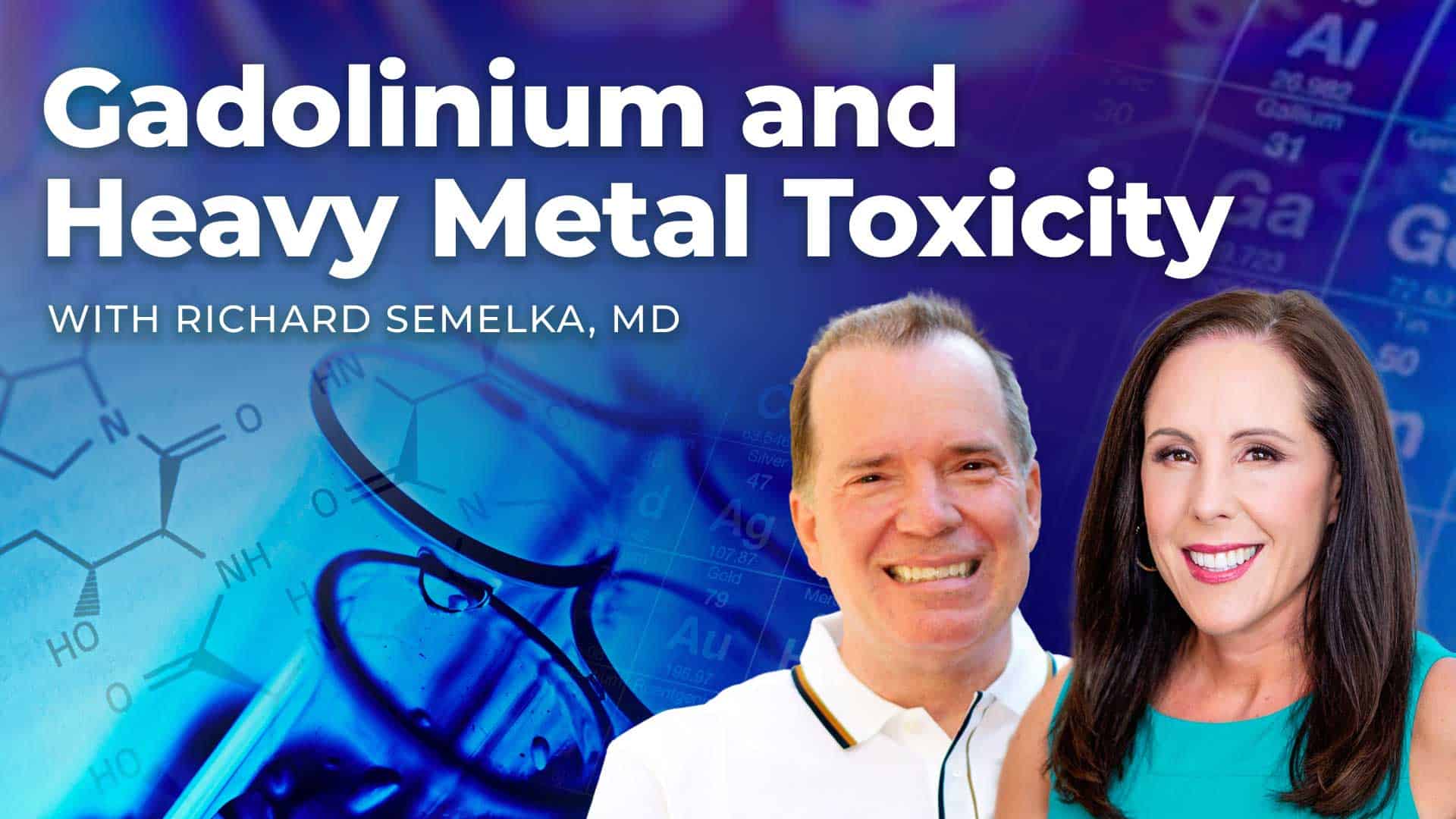We’re all familiar with the widespread concern that spread across the globe like wildfire with the emergence of COVID-19 in early 2020. But now, years later, this tricky virus proves to be much more complex than a straightforward, passing infection. It’s estimated that nearly a third of those that contract the coronavirus end up experiencing life-hindering symptoms for months or even years after the initial infection.
These unrelenting symptoms have even earned themselves the official name of long COVID. While long COVID has certainly proven to be perplexing, frustrating, and somewhat of a mystery, researchers have uncovered some promising clues thanks to our understanding of another equally complex condition known as chronic fatigue syndrome.
Today, we’re going to dive into the striking similarities between long COVID and chronic fatigue syndrome, explore how they may in fact be intricately linked, and what we can do moving forward.
What Is Long COVID?
While some people contract a COVID-19 infection and bounce back within a few weeks, others are not so fortunate. A growing number of people are experiencing continual, or even brand-new symptoms that last for weeks, months, or even years after the initial virus has supposedly been cleared. These ongoing symptoms have been dubbed long COVID or long-haul COVID.
While long COVID cases can sometimes present with a vast constellation of perplexing symptoms, the most common symptoms include:1
- Unrelenting fatigue and malaise
- Unexplained pain
- Migraine and/or headache
- Difficulty sleeping and trouble getting a restful night's sleep
- Digestive issues
- Depression and/or anxiety
- Breathing difficulties
- Abnormal lab values and abnormal heart rhythm
- Skin issues
This list of symptoms has an uncanny resemblance to the primary symptoms of another complex condition that’s been around much longer – a condition known as chronic fatigue syndrome.
What Is Chronic Fatigue Syndrome (CFS)?
Chronic fatigue syndrome (CFS), also sometimes referred to as myalgic encephalomyelitis or adrenal fatigue is a complex and often debilitating condition characterized by unrelenting fatigue that seems to persist regardless of length or quality of rest.2
What makes this condition particularly tricky, is the fact that the disorder “chronic fatigue syndrome” is not actually a diagnosis in and of itself. Rather CFS is more of an umbrella term, used to describe a group of symptoms that come along with the overarching symptom of chronic and unrelenting fatigue. Some of the primary symptoms associated with CFS include:2,3
- Extreme feelings of persistent fatigue and malaise that lasts more than 24 hours after physical or mental exertion
- Random flare-ups of muscle and joint pain
- Recurring headaches of a new pattern, type, or severity
- Cognitive difficulties, loss of memory, and/or difficulty concentrating
- Feelings of depression and/or anxiety
- Gastrointestinal issues
- Difficulty sleeping and unrefreshing sleep
- Sore throat and/or enlarged lymph nodes
If you scroll back up and look through the list of common symptoms associated with long COVID, you’ll quickly notice the significant overlap and similarities between these two complex and poorly understood conditions. So how is it possible that a viral infection like COVID-19 could lead to these debilitating symptoms that are eerily similar to chronic fatigue syndrome?
How Could Long COVID Possibly Lead to Chronic Fatigue Syndrome?
Both long COVID and CFS are multi-layered, complex, and honestly, still a little bit of a mystery. And while we certainly don’t have all the answers when it comes to either of these complicated conditions, we do know that a viral infection like COVID-19 can have a domino effect – eventually leading to the development of CFS-like symptoms in a process that goes something like this:
B Cell Activation and T Cell Dysregulation:
Your B cells and T cells are specialized immune cells that work together to function sort of like the “special ops” of your immune system. These unique immune cells have earned the nickname “special ops” because they are your only immune cells capable of recognizing and responding specifically to each antigenic epitope – which is a fancy way of saying that they can identify specific invaders and launch a more sophisticated attack to more effectively eliminate them.
To launch these high-level attacks, your T cells identify a specific pathogen (like coronavirus) and immediately begin killing off any of your own cells that may be infected by the sneaky invader. At the same time, other T cells begin releasing signaling molecules – triggering your B cells to begin manufacturing a type of protein known as antibodies. Antibodies are specific to each pathogen and lock onto the surface of the invader to flag it for destruction by your other immune cells.4
Your T and B cells are designed to ramp up, neutralize the threat, and then downregulate back to a state of homeostasis. But sometimes, these specialized immune cells can essentially get stuck in the “on” position. This long-term activation results in burnt-out and exhausted B and T cells, systemic inflammation, and an immune system that is in a downward spiral.
Reactivation of Latent Viral Infections
As your immune system remains preoccupied with the imminent threat and becomes depleted and worn out, it creates the perfect opening for any viruses that have been lying dormant. When your immune system is weakened it can no longer effectively suppress these latent viruses that have been laying in wait for their opportunity to reactivate – replicating and spreading throughout your body.
The coronavirus has proven to be a potent reactivator of numerous latent viral infections including:5
- Herpes simplex virus type 1
- Shingles
- Cytomegalovirus
- Parvovirus B19
- Epstein-Barr virus
But viral infections aren’t the only opportunistic pathogens that can be reactivated after infection with COVID-19.
Lyme and Tick-Borne Illness Reactivation:
If you have an underlying infection with Borrelia Burgdorferi (the bacteria that causes Lyme disease) or any other tick-borne co-infections, your immune system is already vulnerable. So if you then contract COVID-19, it can quickly drain your immune system and allow all of these pathogens to begin running rampant.
As your immune system scrambles to neutralize not only the coronavirus, but also any reactivated viral infections, Lyme disease, and/or other tick-borne pathogens, your cells can quickly become depleted of a critical nutrient – vitamin D.
Vitamin D Depletion:
Vitamin D is a critical regulator of your immune system, modulating things like:6,7,8
- The release and activation of antimicrobial peptides (AMPs) which block microbes from invading your cells and dampen their ability to replicate
- Phagocytosis or your immune cells' ability to engulf and neutralize invading pathogens
- T cell communication
- The strength of your mucosal barriers which serve as a barrier between you and the outside world
This depletion of Vitamin D further adds to the downward spiral of your immune system. To learn more about the fascinating interplay between long COVID and Vitamin D, be sure to check out part one of this series on long COVID called Vitamin D and Your Immune System: Can This Nutrient Help Combat Long COVID?
But vitamin D isn’t the only important compound that can become depleted after an infection with coronavirus.
Adrenal Dysfunction and Low Cortisol:
As your frazzled and weakened immune system attempts to regain control, it can quickly burn out another essential system in your body – your adrenals. You see, your adrenal glands play a key role in the function of your immune system by producing and secreting compounds like cortisol and other glucocorticoids as well as catecholamines that:9
- Regulate the expression of cytokines – specialized signaling molecules your immune cells secrete to communicate
- Immune cell activation
- The proliferation of certain pathogens
Continued activation of your immune system taps out your adrenal gland's reserves, leading to dramatically low levels of one of your primary adrenal hormones known as cortisol. This adrenal dysfunction and subsequent decrease in circulating cortisol are not only cardinal signs of long COVID but also chronic fatigue syndrome – with the term CFS often being used interchangeably with the name “adrenal fatigue”.10,11,12
Neuroinflammation:
As systemic inflammation lingers, it can eventually spread to your nervous system – triggering what's known as neuroinflammation. You see, your nervous system and brain operate within a tightly regulated system separated from the rest of your immune system. Your central nervous system has specialized immune cells known as microglia that patrol your brain and spinal cord.
Systemic inflammation triggered by a viral infection like COVID-19 can activate your microglia and trigger inflammation within your nervous system. If not addressed, prolonged neuroinflammation can lead to neurological dysfunction that presents as many of the symptoms seen in CFS and long COVID.13
Long COVID: A Form of Post-Viral Chronic Fatigue
The parallels between long COVID and chronic fatigue syndrome are undeniable.14 And post-viral chronic fatigue syndrome isn’t new. It’s been well-established that a viral infection can essentially cause your immune system to go haywire – leading to a domino effect that can trigger the development of the constellation of vague, persistent, and life-disrupting symptoms seen in chronic fatigue syndrome.
The discovery of the striking similarities between long COVID and CFS is a promising one – giving us new insight into how we can potentially treat the onslaught of individuals grappling with unrelenting symptoms long after their initial COVID infection.
So how exactly do we begin treating long COVID if it is in fact a form of post-viral chronic fatigue?
Treatments to Ease Chronic Fatigue Syndrome and Long COVID
So what are the options when it comes to treating long COVID if it is in fact a form of chronic fatigue syndrome? The answer to that question is still unclear. While we have made great strides in understanding long COVID as a possible form of chronic fatigue syndrome, we still have much more ground to cover. Fortunately, our understanding of treating post-viral chronic fatigue gives us some insight into where we can start.
What we do know is that when it comes to managing the symptoms of CFS and helping the immune system regain a sense of equilibrium after a viral infection, minimizing inflammation is the name of the game. Some ways we can begin pumping the brakes on inflammation and help the immune system return to a more balanced state include:
- Replenishing Vitamin D levels: Vitamin D is a critical nutrient involved heavily in immune function. Restoring cellular vitamin D can help your cells combat new or reactivated pathogens.
- Restoring gut health: The health of your gut and microbiome plays a pivotal role in immune activation and inflammation levels. Healing any gut dysfunction and promoting a diverse, thriving gut microbiome is foundational when it comes to supporting your immune system.
- Minimizing exposure to environmental toxins: Environmental toxins can essentially “clog up” and overwhelm your immune system while simultaneously throwing many of your hormones out of whack. Minimizing your overall exposure to environmental toxins can help free up some of your immune system's resources so it can get a grasp on any lingering or reactivated pathogens that are contributing to ongoing symptoms.
- Optimizing sleep: Sleep deprivation is like kryptonite to your immune system. Making an effort to log adequate hours of high-quality sleep can go a long way in supporting your body’s defenses.
- Treating underlying infections: It’s crucial to address any underlying infections that may have been reactivated after contracting COVID-19. Infections like Epstein-Barr virus, Lyme disease, tick-borne bacteria, and even hidden mycotoxins can make healing an uphill battle if they are not addressed.
- Addressing HPA axis dysfunction: Your HPA axis stands for your hypothalamic-pituitary-adrenal axis. This trio works together to orchestrate numerous bodily functions – including your cortisol levels and subsequently your immune function. Addressing a dysfunction or imbalance in this axis can help restore your adrenal glands and boost your immune system's ability to fight back against COVID and any other hidden invading pathogens.
- Supporting adrenal function: In addition to addressing any issues that may be contributing to HPA axis dysfunction, it can also be useful to give your adrenal glands some extra support to help kickstart their ability to produce immune-boosting compounds. Some potent ways to support your adrenals include getting plenty of high-quality rest, minimizing stress, and ensuring you’re getting a healthy dose of electrolytes by drinking saltwater or adding an electrolyte replacement to your water. It can also be helpful to incorporate an adrenal-supporting supplement like Adrenal Essentials.
While these tweaks can certainly help support your immune system, the truth is, healing long COVID or any form of chronic fatigue syndrome can be a complex journey that takes time. For that reason, it can be invaluable to have the guidance of an experienced Integrative and Functional Medicine Practitioner that can guide you every step of the way.
Are You Concerned You Might Be Struggling With Long COVID?
If you’ve been dealing with new or ongoing symptoms that seem to have appeared out of nowhere after contracting COVID-19, you may in fact be struggling with a case of long COVID. While we may not have all the answers just yet, the good news is that you don’t have to go at this alone. We are learning more about this condition every day and with each new discovery, we get closer to a solution.
The fact that long COVID has such striking similarities to chronic fatigue syndrome is a promising discovery – but it comes with its own set of complexities. For that reason, I cannot overemphasize the importance of seeking out an experienced Integrative and Functional Medicine Practitioner to help you not only identify exactly where your symptoms are coming from but to help you navigate the path to healing.
If you’re grappling with persistent, unexplained symptoms and are looking for more information on long COVID and ways to support your body throughout the process of healing, I encourage you to head over and browse through my blog and YouTube channel. I’ve got loads of science-backed, easy-to-understand resources to help you stay informed and empowered. And don’t forget to sign up for my weekly newsletter to get my best content delivered straight to your inbox – just enter your name and email address in the form below.
Now it’s time to hear from you. Were you surprised to learn about the undeniable parallels between long COVID-19 and chronic fatigue syndrome? If you’ve wrestled with the persistent symptoms of long COVID, what healing strategies have you tried and what has or hasn’t worked for you? Leave your questions and thoughts in the comments below!
Resources:
- A Detailed Study of Patients with Long-Haul COVID–An Analysis of Private Healthcare Claims–A FAIR Health White Paper.pdf
- Chronic fatigue syndrome – Symptoms and causes – Mayo Clinic
- The Emerging Role of Gut Microbiota in Myalgic Encephalomyelitis/Chronic Fatigue Syndrome (ME/CFS): Current Evidence and Potential Therapeutic Applications – PMC (nih.gov)
- Introduction to T and B lymphocytes – Autoimmunity – NCBI Bookshelf (nih.gov)
- Frontiers | Emergent Virus Reactivation in SARS-CoV-2-Negative Community Acquired Pneumonia Patients During the COVID-19 Pandemic (frontiersin.org)
- Vitamin D and Immune Function – PMC (nih.gov)
- Frontiers | Impact of vitamin D on immune function: lessons learned from genome-wide analysis (frontiersin.org)
- Vitamin D, vitamin D receptor and tissue barriers – PMC (nih.gov)
- Immune Cells and Cytokine Circuits: Toward a Working Model for Understanding Direct Immune-to-Adrenal Communication Pathways – PMC (nih.gov)
- Chronic Fatigue Syndrome – Endotext – NCBI Bookshelf (nih.gov)
- Distinguishing features of Long COVID identified through immune profiling | medRxiv
- Is there a role for the adrenal glands in long COVID? | Nature Reviews Endocrinology
- Molecular Mechanisms of Neuroinflammation in ME/CFS and Long COVID to Sustain Disease and Promote Relapses – PMC (nih.gov)
- The Hugely Predictive Factor for Long COVID…is also found in ME/CFS and Fibromyalgia: the IACFS/ME Conference II – Health Rising
* These statements have not been evaluated by the Food and Drug Administration. The product mentioned in this article are not intended to diagnose, treat, cure, or prevent any disease. The information in this article is not intended to replace any recommendations or relationship with your physician. Please review references sited at end of article for scientific support of any claims made.



















3 Comments
Great article Jill…really puts things together well in how it all works together and how the immune system/hormones/vitamins, etc… get run down and overwhelmed.
Great article! Thank you for tying this syndrome into what is known about CFS.
Yet there is one glaring omission; those who never got Covid are also suffering from this syndrome with symptoms starting shortly after they received the mRNA gene therapy injections. It has been an unfortunate “side effect” of the Covid strategy that those who are suffering from injury from the mRNA therapy are being left out of the conversation and we continue to pin “long haul” on the viral infection alone. It is more accurate to refer to what we are witnessing as “spike protein toxicity” since the spike is well known to cause multiple negative effects to human biochemistry and is the common element in both the infection and the inoculation strategy. Dr. Bruce Patterson’s work has confirmed that the virus is no longer found after 12 weeks post infection in “long haulers” but that the spike protein remains in the system for as long as 18 months (and counting). We also know that the spike is completely foreign to our human bio-physiology.
I’ve been fighting to heal from Long Covid for almost a year now, along with the help of my functional medicine doctors. I’ve had shingles breakouts 3 times now (and never had them before), AND I’m under 50yrs old… (in my mid-40s.) I also went into Anaphilaxis about a month after Covid… and then have had continued trouble with allergies and Mast Cell Activation Syndrome. I’ve reacted to foods that were previously “safe” for me, and supplements that I’ve always taken, I suddenly reacted to… even exercise could induce a rash. I was fairly healthy before this, and yet I’ve been on all sorts of meds and supplements and prednisose 4-5 times over this year now. This has been a rough road.
Share: